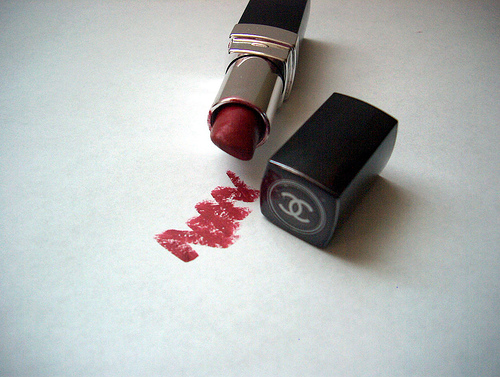Both bold and muted trends are in for spring 2014
This winter has been unbearably harsh, with last-minute snow storms and that dreaded polar vortex. But fret not, for our suffering has not gone without consideration as we will soon see a transition in weather, bringing forth warmer days. With the change in forecast comes a change in routine and I do mean beauty routine. Spring allows for fresh looks from head to toe so let’s get started.
Let’s take it from the top, literally. In terms of hair, thick headbands were spotted on the runways, from Balenciaga to Valentino. Both design houses adorned models’ heads with bands covered in studs and knots. Then there was Lupita Nyong’o who, on the other end of the spectrum, wore a pretty, dainty, diamond headband at the Oscars. Whether your inspiration comes from fashion week or awards night, this trend is on point so get your head in the game.
With the emergence of spring, cool girl hair — meaning I-woke-up-like-this waves — is also making its debut. Warm temperatures mean air-drying your hair becomes easier and playing with your natural texture is a departure from the structured looks we tend to go for during the colder months.
Now, it’s time to give face. All that glitters is definitely gold. Lashes, eyelids and eyebrows were gilded at Gucci and Dior and even a gold-painted part in models’ hair was spotted at Dries Van Noten. Want to add a touch of glimmer to your eyes? Urban Decay’s eyeshadow in “Half Baked” gives you the Midas touch.
An unsurprising trend was the use of a pastel palette on eyes, lips and nails. This is a more traditional way of interpreting spring, in terms of beauty, and shades of light pink, baby blue and lavender were seen on the runways of Carolina Herrera, Marc Jacobs, and Holly Fulton, respectively.
If you prefer to play up your pout, the season’s brightest trend is orange lips. Numerous designers opted for this sunny shade which is also obvious for spring but refreshing at the same time. It is the easiest way to elevate your look, day or night. One of MAC’s best-selling shades, “Lady Danger,” is an orangey-red that flatters most complexions.
As of late, plenty of emphasis has been placed on nails — just try going through your Instagram feed without spotting a killer pair of claws. Rita Remark who works for Essie Canada and was seen painting nails backstage during Toronto Fashion Week, curated spring’s top manicures. They were demure, simple but not boring, and a departure from the crazy nail art we’ve been seeing (which she says is so 2013). Pale colours or nude polishes were forerunners, whether they were opaque or sheer, and either matte and shiny finishes completed the neutral nails.
And there you have it, folks. Designers, makeup artists and celebrities gave us a clean slate to start the upcoming season. With these trends in your beauty arsenal, you’ll be shining brighter than the extra hour of daylight.
